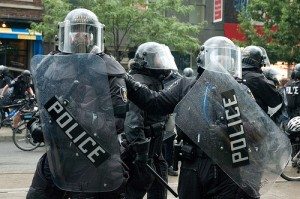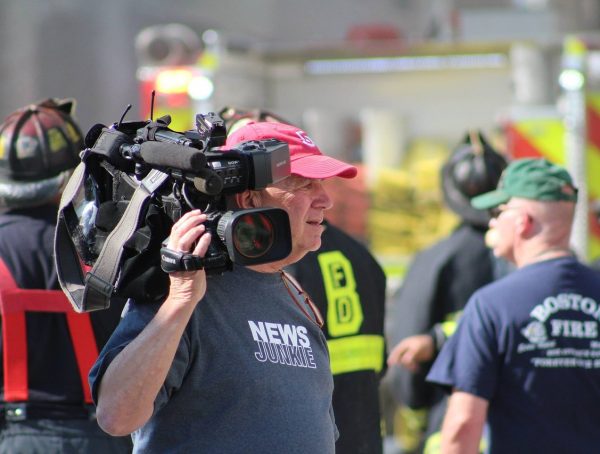 There’s only so much you can do to prepare for the unexpected. When the G20 met in Toronto last summer, news organizations knew there would be protests and planned their coverage accordingly. But they couldn’t anticipate that riot-equipped police would quickly be overwhelmed when they came under attack. So journalists in the field and the control room had to scramble to stay on top of the story while also staying safe.
There’s only so much you can do to prepare for the unexpected. When the G20 met in Toronto last summer, news organizations knew there would be protests and planned their coverage accordingly. But they couldn’t anticipate that riot-equipped police would quickly be overwhelmed when they came under attack. So journalists in the field and the control room had to scramble to stay on top of the story while also staying safe.
A year later, at the RTNDA-Canada national conference last week, news managers shared some of what worked that weekend.
- Protect your crews. Hire private security guards or use a buddy system to keep the crews in the field as safe as possible.
- Have someone in the control room whose only job is to watch the broadcast. “As a producer you are looking for where you are going next and you may not know if it all makes sense,” said Steve Cassar, news director of CTV-Toronto.
- Tell the anchors to shut up. “There is nothing they could have said that would top what I was seeing and hearing,” Cassar said.
- Keep track of the video. “We built separate reels for police, protestors, crowd shots,” said Ward Smith, news director, Global News Ontario. “The director knew where they were for live coverage.”
- Have clear lines of authority. Dave Trafford, news director of Newstalk 1010 CFRB in Toronto said reporters were assigned specific numbers to call and a specific person would answer the phone.
- Don’t be cheap. Commit the resources and don’t second guess it, Ward advised.
My favorite tip? Use a wall map and some colored pins to keep track of your live trucks. Smith said Global’s coverage hinged on where the four live trucks were and where they needed to go. The old-fashioned approach let everyone see the situation at a glance so they could stay on top of the story.








